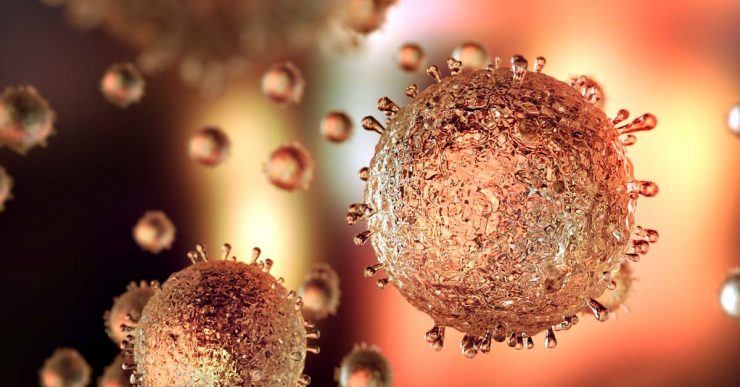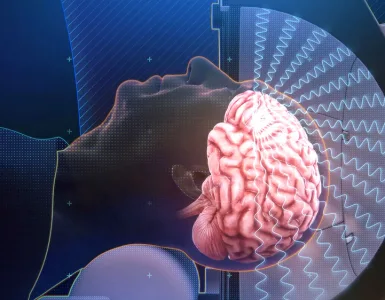In the race of “humans against bacteria”, bacteria are ahead of us. They are mutating so drastically that the conventional antibiotics are failing us. Some bacterial species have evolved to remain “invisible” to the human immune system, examples include multi-resistant staphylococci better known as MRSA across the healthcare community, which causes life-threatening diseases like pneumonia and sepsis in the body.
Researchers from Empa and ETH Zurich are designing new inorganic nanoparticles as a novel treatment approach to antibiotic bacteria. The conventional antibiotics hassle in penetration, within the human cell, whereas, the nanoparticles can penetrate the cell membrane of the affected cells easily, thanks to their tiny size and structure. Once inside, they can fight off the bacteria, easily.
Nanoparticles are made up of cerium oxide, having antibacterial and anti-inflammatory properties, these nanoparticles when combined with a bioactive ceramic substance it becomes bioglass. Bioglass has many features that make it excellent for use in the medical field like versatile regenerative properties as used in bone and soft-tissue reconstruction.Similarly, cerium oxide in combination with bioglass has been successfully used as wound adhesive. Now the bleeding can be arrested quickly, preventing complications due to hemorrhage. These nanoparticles can accelerate healing by reducing inflammation. Their antibacterial properties have also been explored safely in human cells.

Certain pathogens can penetrate and hide inside the human cell and become invisible to the immune system, thus rendering its elimination and that is how they survive in the human body. Staphylococci are known for these features, they can penetrate the skin, bones, connective tissues, and even human immune cells. Staphylococci are harmless and abundantly found bacteria on the skin and mucous membrane of humans, but under certain circumstances, the bacteria replicates tremendously leading to inflammation and even toxic shock and sepsis. The alarming rise in the number of staphylococcal infections, that are not responsive to antibiotic treatment is of great concern. MRSA is one of the most feared diseases in hospitals, as nosocomial pathogens can delay healing, colonize catheters and other medical devices. In Switzerland alone, around 75,000 hospital infections are seen yearly, of which 12,000 are fatal.
Electron microscopy was used to see the live-action on hybrid nanoparticles on germs and human cells. Once the nanoparticles were given to the infected cells, the bacteria inside the cell started dissolving. This was possible only because of the hybrid property of nanoparticles, which made it effectively antibacterial.
Although other metals have also shown to have antimicrobial properties cerium is the least toxic to human cells, as compared to silver for example. The exact mechanism of action of hybrid nanoparticles is not fully understood, but it is believed that the nanoparticles target the bacterial cell membrane, creating reactive oxygen species that lead to the destruction of bacteria.
Since the human cell membrane is structurally very different from the bacterial cell membrane so nanoparticles cannot affect human cells. The cerium particles regenerate over time, therefore, its oxidative effect can restart on the bacteria, giving cerium particles a long-lasting effect.
For future studies, it is suggested to analyze the interaction between nanoparticles and target cells in more detail to further optimize the structure and composition of these particles. The prime objective is to formulate a simple yet robust antibacterial agent.
Keywords:
hybrid nanoparticle, MRSA, multi-resistant staphylococci, antibiotics, Cerium














Add comment